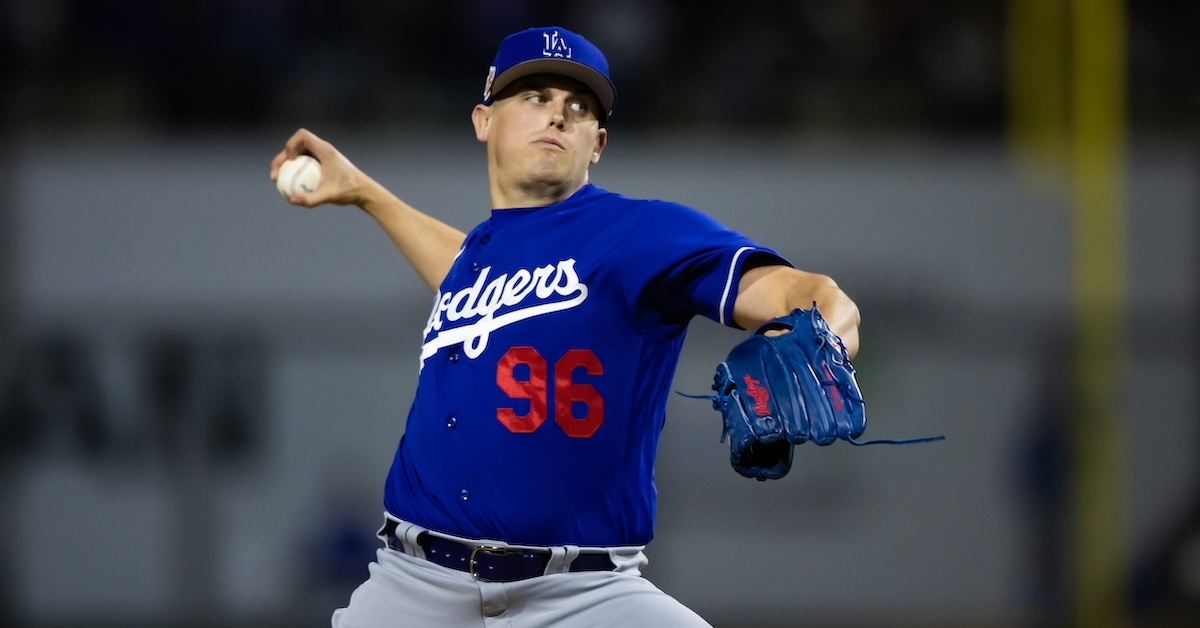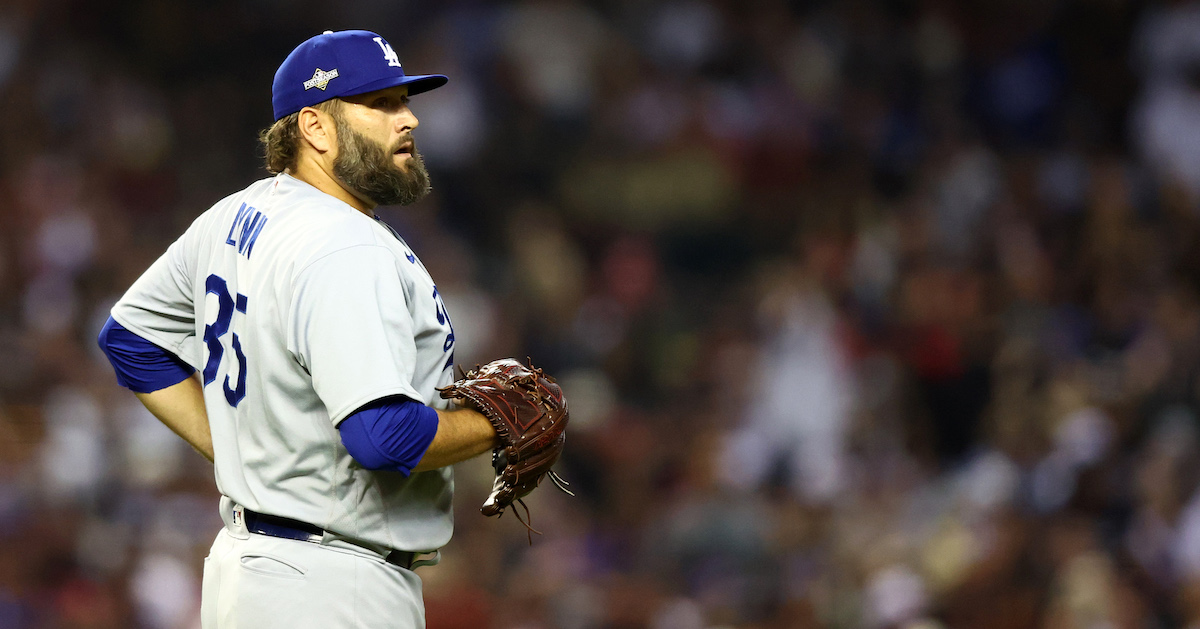Direct Links (Please see full job postings below):
Senior Application Developer – Baseball Operations
Application Developer – Baseball Operations
Minor League Affiliate Fellowship (Full-Time)
Senior Application Developer – Baseball Operations
Summary of Responsibilities:
The role of the Senior Application Developer will be to design, develop, and maintain baseball-related web applications for the St. Louis Cardinals. This person will collaborate with fellow developers, analysts, systems engineers and Baseball Operations staff to ensure that high quality data, analytics, and visualizations are accessible in a timely fashion to front office members, scouts, coaches, trainers, and players. This person should be detail-oriented, enjoy collaborating with others, communicate effectively both verbally and in writing, and have a strong interest in the game of baseball. This individual will be expected to stay up-to-date with the latest trends and best practices in application development, provide technical leadership and mentorship to junior application developers, and be able to work independently in a fast-paced environment.
Education & Experience Required:
- Bachelor’s degree in computer science or a related field, or a combination of relevant education and work experience
- Minimum of three years of hands-on experience in developing enterprise web applications using Angular
- Proficiency in CSS with experience in modern tools such as SCSS and Tailwind
- Proven experience in building backend services with frameworks like NestJS and Apollo GraphQL
- Competence in designing relational databases, including experience with ORMs
- Familiarity with testing tools such as Jest, Playwright, and Mock Service Worker
- Ensuring applications are compatible with various devices and browsers
- Commitment to promoting and applying best practices within the application development team
- Participation in code reviews and architectural discussions
- Strong knowledge of Git source control and CI/CD processes
- Proficiency in troubleshooting and debugging production issues as they arise
- Demonstrated ability to apply creative solutions to complex technical challenges
Education & Experience Preferred:
- Experience building complex, maintainable interfaces using Angular forms and validators
- Desire to build and maintain reusable UI components to be used by a suite of products
- Proficiency in developing front-end components using Storybook while defining visual, interactive, end-to-end, and unit tests
- Experience using NestJS and NestJS GraphQL to build GraphQL Federation services using the code-first approach
- Proficiency in data visualization using frameworks such as d3, Vega, and Three.js
- Familiarity with developing applications using a monorepo with tools like Nx
- Interest in cultivating and maintaining tools to improve productivity and overall developer experience
- Experience managing backend services using Kubernetes and container-based environments
- Knowledge of cloud computing and cloud technologies, including serverless and event-driven architectures
To Apply:
To apply, please follow this link.
Application Developer – Baseball Operations
Summary of Responsibilities:
The role of the Application Developer will be to design, develop, and maintain baseball-related web applications for the St. Louis Cardinals. This person will collaborate with fellow developers, analysts, systems engineers and Baseball Operations staff to ensure that high quality data, analytics, and visualizations are accessible in a timely fashion to front office members, scouts, coaches, trainers, and players. This person should be detail-oriented, enjoy collaborating with others, communicate effectively both verbally and in writing, and have a strong interest in the game of baseball. This individual will be expected to work on projects independently, participate in code reviews and maintain coding standards, assist in troubleshooting and debugging efforts, and stay up-to-date with the latest trends and best practices in web development.
Education & Experience Required:
- Bachelor’s degree in computer science or a related field, or a combination of relevant education and work experience
- A minimum of two years of web development through work experience, internships, co-op programs, or personal projects
- Experience with web development frameworks and libraries, such as Angular, React, or Vue.js
- Proficiency in HTML, CSS, and JavaScript
- Familiarity with version control systems like Git
- Experience interfacing with relational databases
- Experience designing and consuming APIs
- Design and development of user interfaces and backend services
Education & Experience Preferred:
- Hands-on experience developing frontend applications using Angular and NestJS in Typescript
- Interest in building reusable UI components
- Proficiency in designing intuitive and visually appealing user interfaces (UI)
- Interest in creating data visualizations using frameworks such as d3.js and Three.js
- Experience with JavaScript testing methodologies and tools
- Exposure to cloud technologies, serverless architectures, or container-based environments
To Apply:
To apply, please follow this link.
Minor League Affiliate Fellowship (Full-Time)
Summary of Responsibilities:
St. Louis Cardinals are currently seeking candidates for this position to be located at each of our domestic minor league affiliates and our Dominican Republic Academy. The Minor League Affiliate Fellow will handle all video and technology at these locations to assist the minor league coaching staff, including the manager, hitting coach, and pitching coach. The data collected from video and technology will be utilized to provide feedback to players for development.
Pre-game, this position will manage the distribution process, setup and utilization of all baseball & sport science technology. During the game, this position will handle technology resources for the minor league coaches from the dugout. Post-game this position will ensure all data and video collected from the day is available for reporting & analysis; create reports for players and coaches as required. This position will work directly with the Video & Technology Team and reports to the relevant minor league manager for day-to-day responsibilities at the affiliate.
The position is a seasonal job for the 2024 season only, but may lead to full-time employment in Player Development, Scouting, or elsewhere within Baseball Operations.
Essential Functions of the Job:
- Manage baseball & sport science technology and video capture at the affiliate (e.g. TrackMan, Blast Motion, Edgertronic Camera, Polar, Whoop, etc.).
- During the game, depending on staff needs:
- Manage in-game capture of technology and video from the dugout
- Quality assurance of the video and data collected for analyses
- Communicate any implementation issues to Technology Specialist / Technology Integration Coordinator that are not remediated through initial troubleshooting
- Attend Spring Training and travel with assigned minor league team on the road throughout the season
Education & Experience Required:
- Proven ability to use and troubleshoot baseball or sport science technology (like pairing portable TrackMan to an Edgertronic camera, syncing wearable technology to a mobile device, etc.)
- Familiar with or a demonstrated willingness to learn technology such as Blast Motion, TrackMan, and video integration
- Postgraduate or college senior available to start work during Spring Training
- Proficient with computers, iPads, and other electronics
- Ability to work weekdays, nights, weekends and holidays
- Spanish or Chinese Mandarin (Taiwanese) fluency a plus
Compensation:
- The Minor League Affiliate Fellow position is considered a full-time position including salary, health insurance, benefits, housing stipend and meal money during road trips.
To Apply:
To apply, please follow this link.
The content in this posting was created and provided solely by the St. Louis Cardinals.









